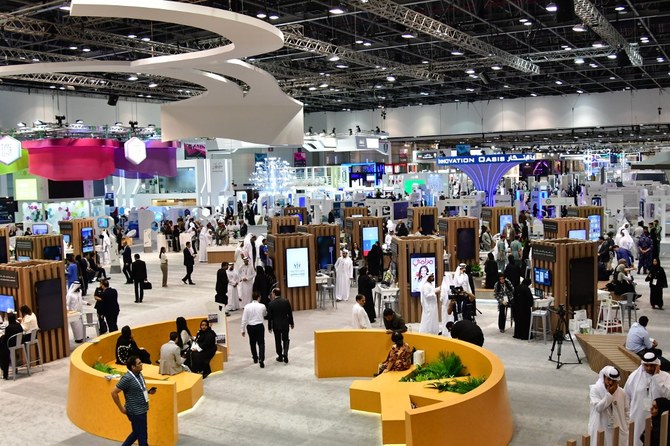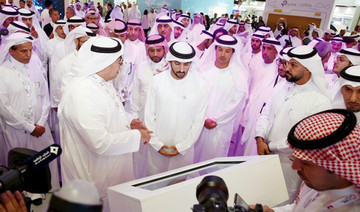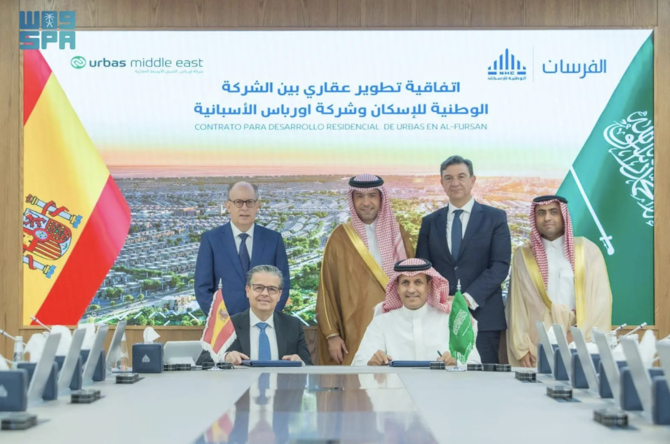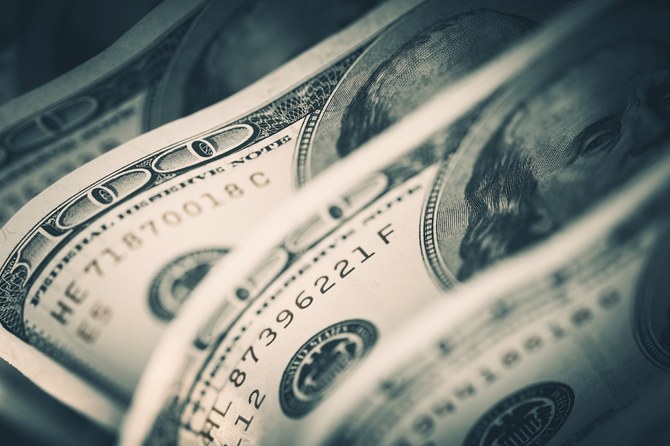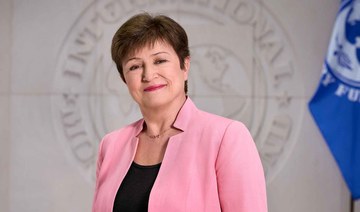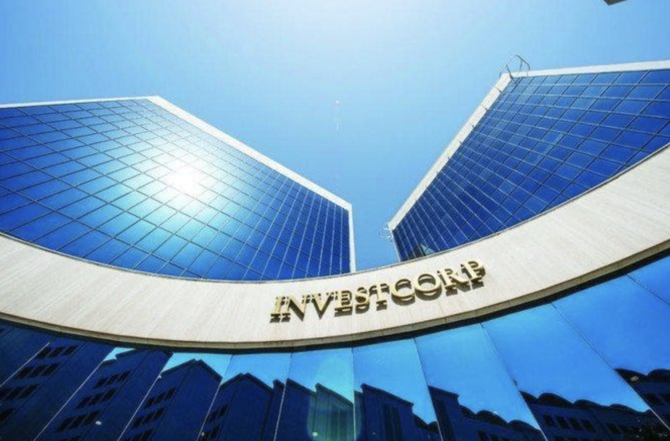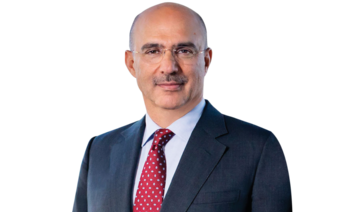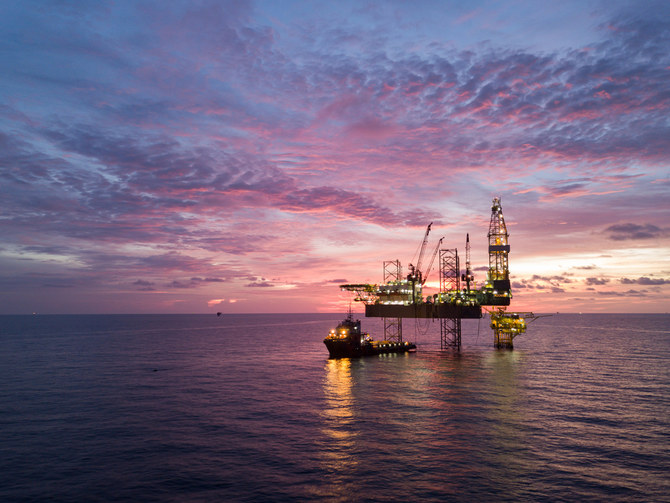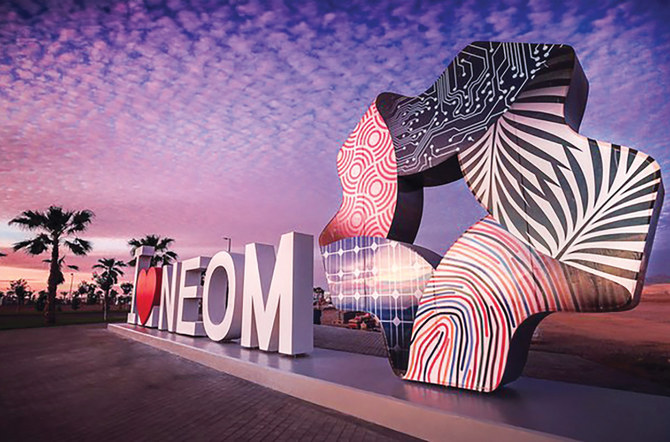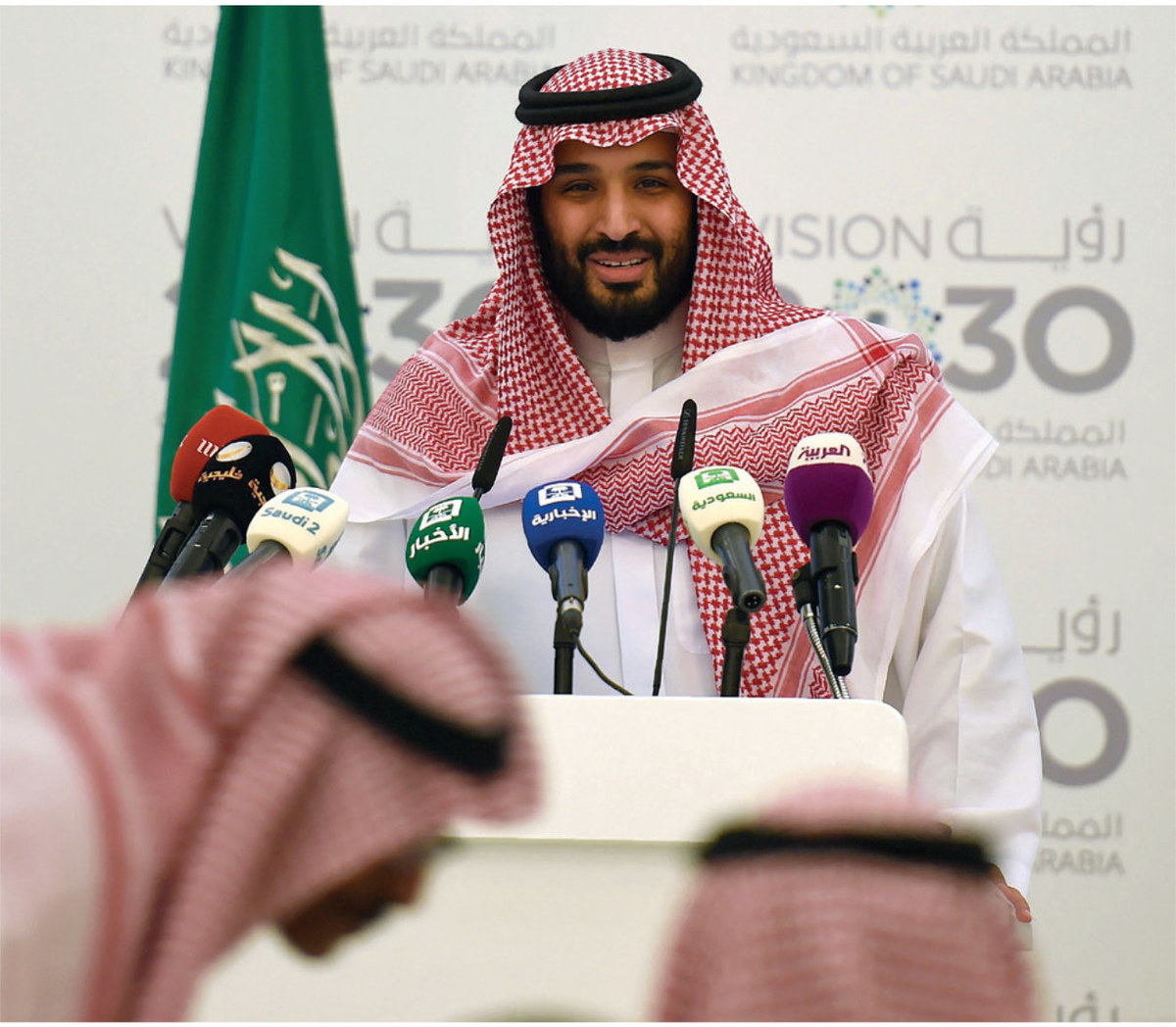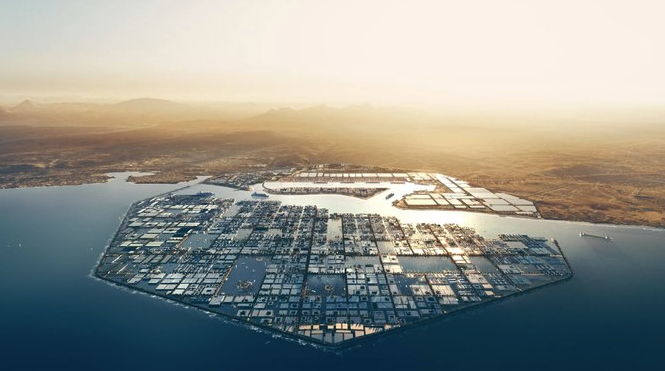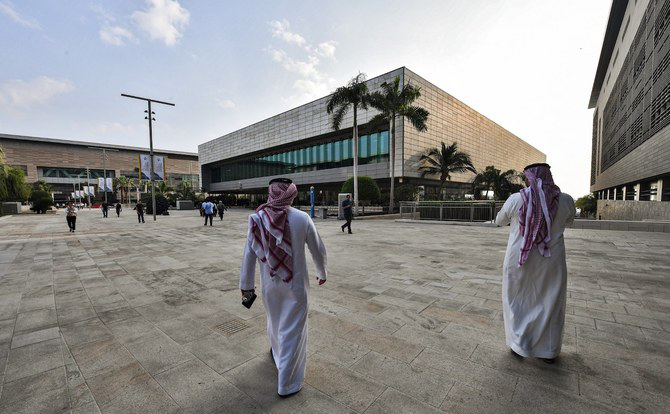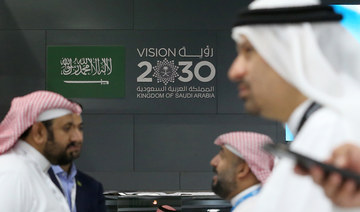DUBAI: More than 100 Saudi organizations, including government entities, private companies and startups, are participating at the upcoming GITEX Technology Week in Dubai, from Oct. 6 to 10, indicating an increase in Saudi participation from last year at the annual technology gathering.
Bringing in one of the biggest contingents at the event, at 114, Saudi Arabia is also an official partner of GITEX this year, which is expecting to host more than 100,000 visitors over four days at the Dubai World Trade Centre (DWTC).
“There’s a lot of collaboration and integration in this region — there’s a lot of learning and sharing. GITEX is an international platform. This is where the Saudi contingent comes — from the big enterprise sector to the startup ecosystem — to interact with hundreds and thousands of visitors from over 140 countries,” Trixie LohMirmand, senior vice president of events management at DWTC, told reporters on Sunday.
LohMirmand also noted a spike in Saudi participation at the GITEX Future Stars, a concurrent event that focuses on the region’s startup community.
“We have a big Saudi Innovation Day. In fact, Saudis are again bringing a big contingent of startups. It’s led by the deputy minister of communications from Saudi Arabia to explore partnerships and discuss the opportunities in the region, particularly for startups,” she said, referring to the three special sessions that will focus on the Kingdom’s technology drive.
This increase in participation, LohMirmand said, is a reflection of a bigger “impetus on innovation and the getting the startup community going” in the region.
“We see a lot of new tech coming out, so there’s a lot of interest to give these companies an opportunity to connect to the rest of the world. When you come to GITEX, we connect you to the rest of the world — we host over 500 investors from all around the world, including from Silicon Valley,” she added.
Firat Aktas, DWTC’s director of brand innovation and communication, stressed: “You can see what’s happening around the world — the Saudis are showing their ambition very clearly in various industries.”
Earlier this year, the Saudi Telecom Company signed a deal with Swedish telecommunications company Ericsson to launch commercial 5G services in the Kingdom. “The roll-out continues. It’s a huge deployment in different parts of Saudi Arabia,” Wojciech Bajda, head of Gulf Council countries and global customer unit zain, told Arab News. “The focus for our customers currently is to understand how to monetize 5G, how to make sure there’s an industrial application of 5G in Saudi Arabia.”
Bajda also said they are looking at introducing 5G to different sectors in the Kingdom such as mining, and oil and gas. “We have engagements with different industries in trying to prototype together, and see if there’s something relevant for Saudi Arabia, and for our customers like the Saudi Telecom Company to pick up and do a full implementation,” he added.
What to expect at GITEX this year
This year’s GITEX, which has the theme “Synergizing the Mind and Technology Economy,” will highlight the region’s 5G adoption, as well as other futuristic concepts such as artificial intelligence (AI), robotics, and immersive technology.
LohMirmand said the dwelling time for GITEX visitors has increased over the years, owing to the gathering’s massive content offering.
“We are measuring more in terms of dwelling time. You can have 100,000 people come one day and do, but now the trend for us is we’re seeing them staying longer. Because there’s so much content, there’s so much knowledge, and so many companies with new technology, dwelling time is much longer, averaging 3.5 to 4 days,” she explained.
“Visitors and exhibitors are having deeper and more meaningful interactions at the show.”
The halls of DWTC will be divided into six sectors: 5G, AI, Future mobility, GITEX lifestyle tech, and Smart cities. It opens Oct. 6.




